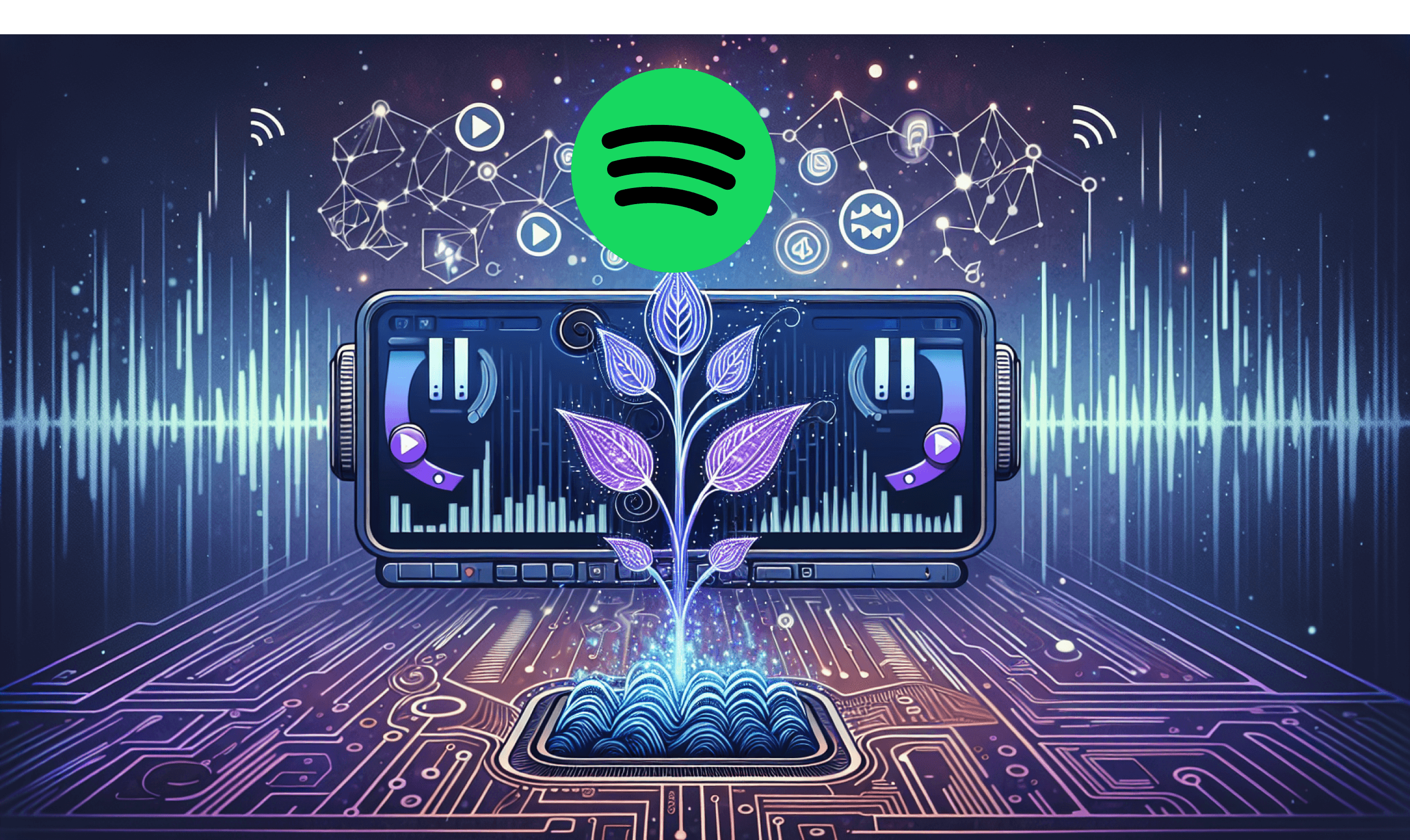Want to add chapters (clickable timestamps) to your Spotify podcast? Here a 5 minute guide on what you need to know!
In today’s digital age, the way we consume content has evolved dramatically. With the rise of platforms like Spotify, the importance of enhancing user experience and improving search engine optimization (SEO) cannot be overstated. One simple yet powerful technique that can transform your podcast’s accessibility and discoverability is the use of clickable timestamps in your show notes.
Why Clickable Timestamps Matter
There are two main reason why you are missing out if you don't add podcast chapters.
First, you dramatically reduce your user experience and as a result how many people will continue to listen to your podcast. Clickable timestamps serve as a treasure map to your podcast content, allowing listeners to navigate directly to the topics they are most interested in. This is particularly crucial for longer episodes that may stretch 40 minutes or more. As listeners, we often don’t have the luxury of time to sift through extensive audio files. Clickable timestamps help listeners find the specific segments they want, thereby improving their overall experience.
Second, they are a key for making your podcast discoverable via search engines. By clearly marking when specific topics are discussed, you provide valuable metadata that search engines can index. This helps increase the likelihood of your podcast appearing in relevant search results, attracting more listeners to your content.
How can you add Chapters to your Spotify Podcast
Choose Your Podcast Hosting Platform: Platforms like Acast, Podbean, or Libsyn will allow you to manage your RSS feed and add show notes. If you add the chapters with timestamps to your show notes, the chapters will be picked up by Spotify and will be clickable if you follow the right formats.
Keep in mind, if you are just starting out, you can also use the automatic generated Chapters by Spotify. However, those are often not as accurate and you can't edit them. You can find out how to turn this option on here.
What are the required formats for Spotify Chapters?
Make sure your timestamps start at 0. You can either use this format (00:00 or 00:00:00)
Each episode must have at least 3 chapters.
Each chapter must be on a new line or include a line break if you ar eusing html
You need to use the following format for the timestamps {timestamp}{title}
Use one of the following (MM:SS); MM:SS; (HH:MM:SS); HH:MM:SS, followed by the title of the chapters. Don't use emojies.
You can use one punctuation mark between the title and the timstamps. For instance (04:34) - Chapter 1 is allowed. You can of course also use a colon or any other punctuation mark!
Timestamps must be in chronological order!
Best practises for naming your chapters
Here are some best practices for naming podcast chapters to enhance listener engagement:
Keep Titles Short & Snappy:
Listeners often skim through titles.
Aim for titles with under 40 characters.
Use Descriptive Titles:
Clearly explain the content of each chapter.
Consider Chapter Length:
Avoid making chapters too short; consider merging brief ones.
Ensure a minimum chapter length of 30 seconds.
Aim for at least 3 chapters per episode.
Avoid Indexes in Titles:
Do not add numbers or indexes to chapter titles, as they will be removed.
For example, use "Introduction" instead of "1 - Introduction."
Generate Podcast Chapters with AI
Creating accurate podcast chapters that capture all the key topics you included in a podcast episode, adding the correct timestamps and following all the guidelines can be a daunting task. With the most recent advances in AI, you can streamline this task and save yourself a lot of time. One good way to accomplish this is for instance by using this free podcast chapter generator which was trained on thousands of podcasts to make your chapters stand out from the rest.
Conclusion
Incorporating clickable timestamps into your podcast show notes is a straightforward yet impactful way to enhance user experience and boost your SEO. As the podcasting landscape continues to evolve, staying ahead of the curve by adopting these practices can help you reach a wider audience and ensure your content remains relevant.
Remember, the internet rewards treasure maps, not haystacks. By creating clickable timestamps, you’re providing your listeners with a valuable resource that makes their journey through your podcast seamless and enjoyable. If you found this information helpful, share it with fellow podcasters and start making the most of your show notes today!
Table of contents:
Try for free



